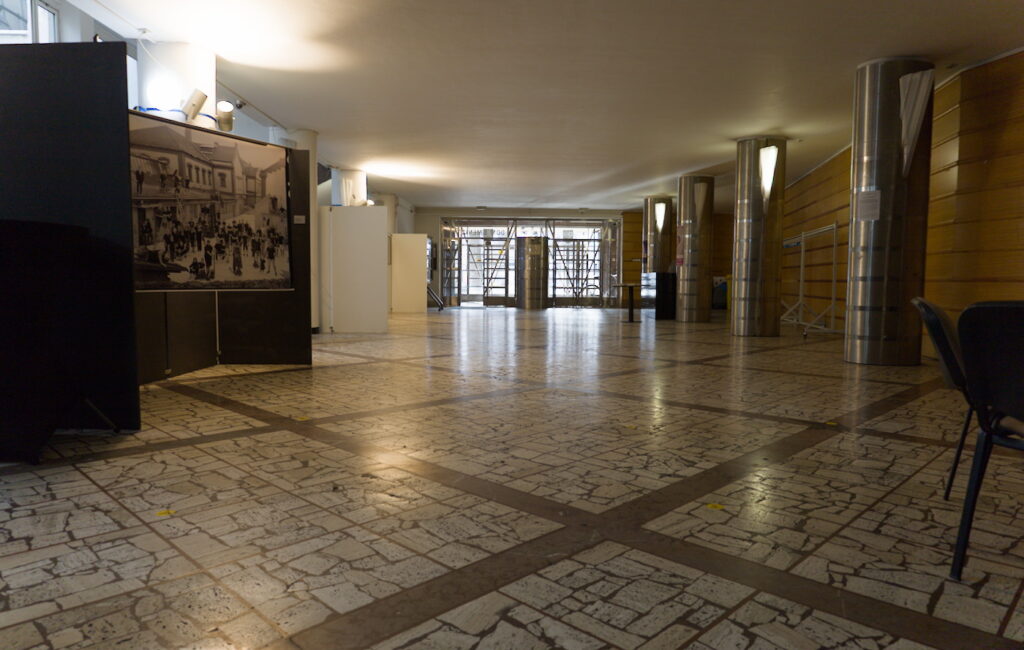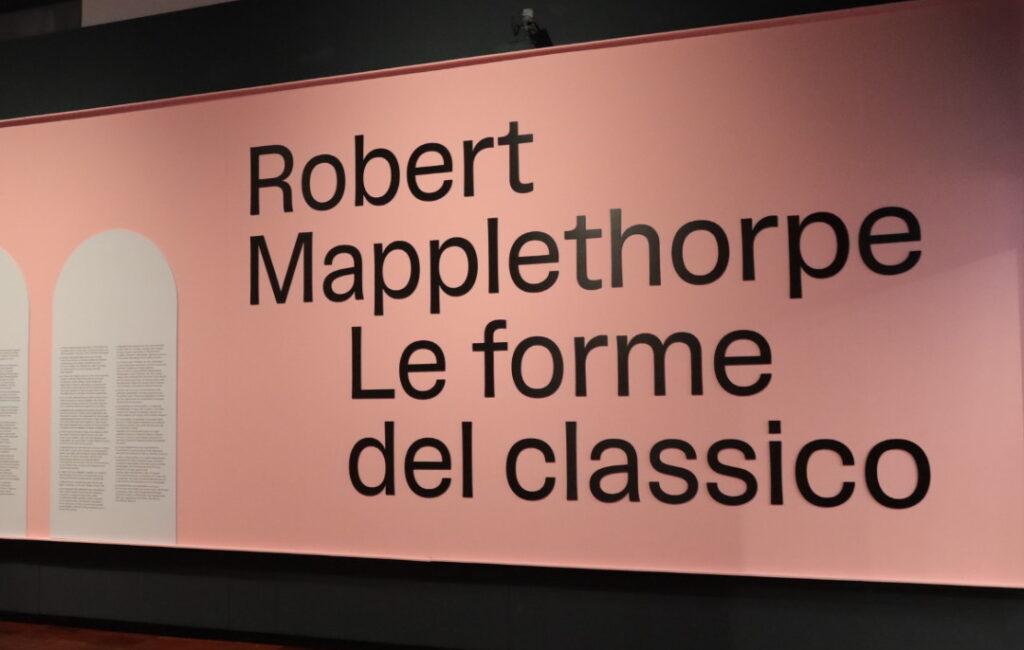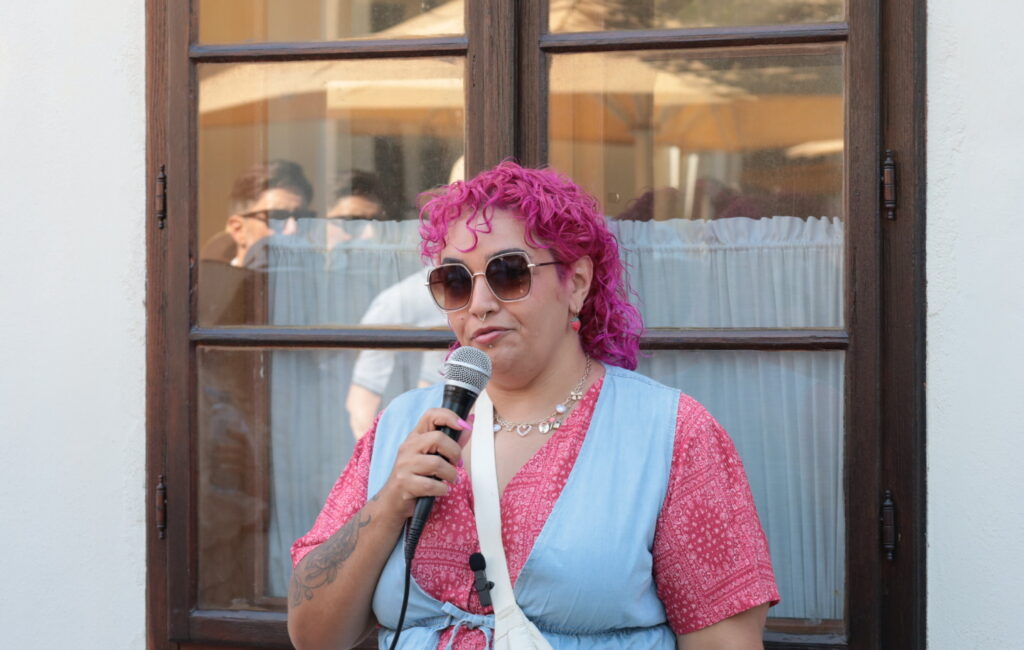
At the La Gacilly Baden Photo Festival, I encountered Bobbie Lockyer’s work for the first time—and was immediately captivated. Her images are like bursts of color: bold, sensual, and uncompromising. But behind the aesthetic brilliance lies a political message that cuts deep. This is the story of an artist who wields her camera as a weapon against colonial oppression.
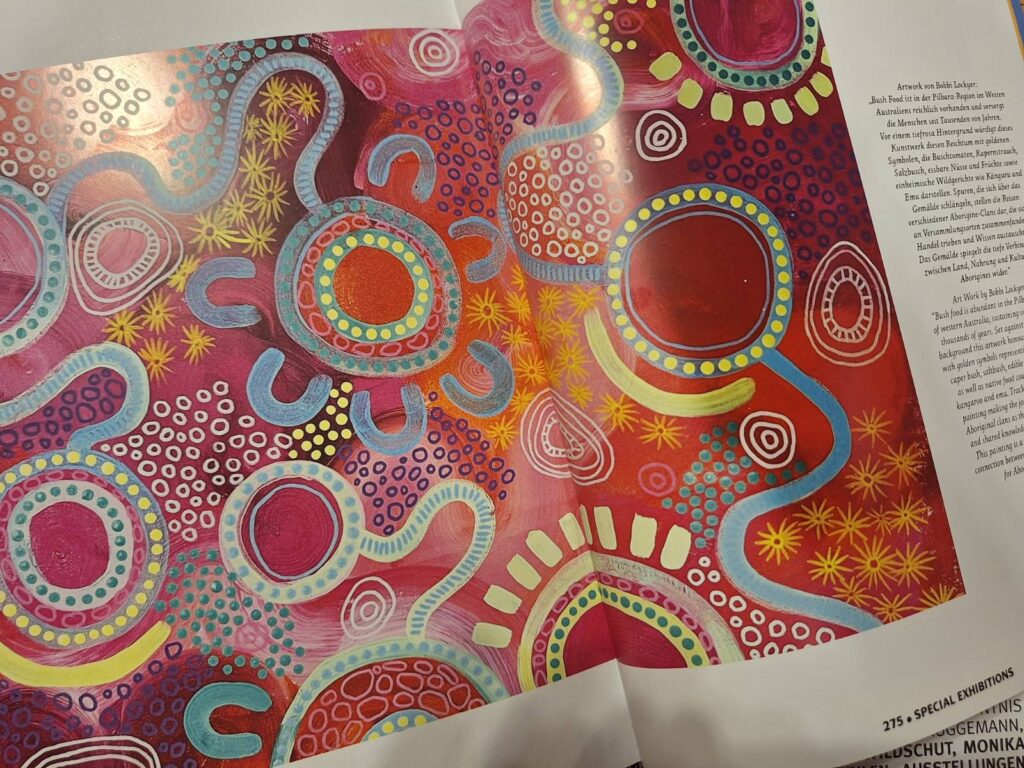
“Mermaid Queen” with a Camera: Who is Bobbie Lockyer?
With pink hair and a flair for the dramatic, Bobbie Lockyer presents herself as a living artwork—yet her true power emerges behind the lens. This multidisciplinary artist (born in Port Hedland, Kariyarra Country) descends from the Ngarluma, Kariyarra, Nyul Nyul, and Yawuru nations, blending traditional craftsmanship with digital avant-garde.
Her signature? Vibrant palettes echoing Northwest Australia’s landscapes, paired with celebrations of Indigenous femininity—free from exoticization. Crowned NAIDOC (National Aboriginal and Islanders Day Observance Committee ) Artist of the Year in 2021, her activism extends far beyond galleries.
Birthing as Revolution: “Birthing on Country”
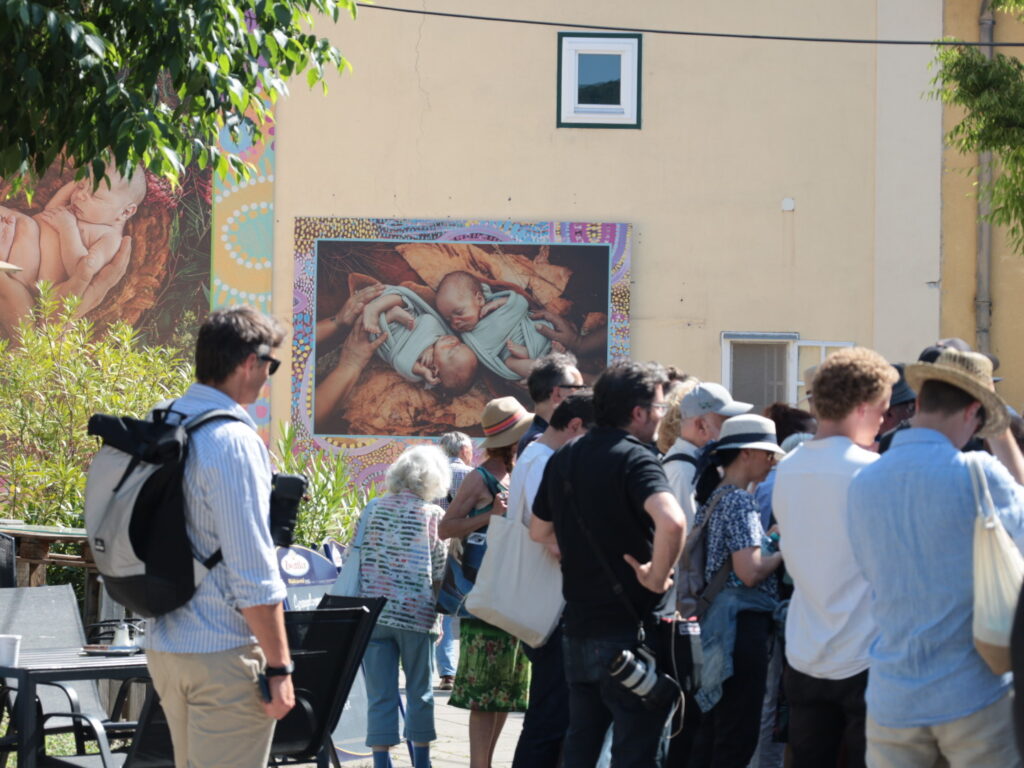
Lockyer’s advocacy for “Birthing on Country” is key to understanding her art. This movement demands Indigenous women’s right to give birth on ancestral lands, supported by community midwives and cultural rituals.
Beyond healthcare autonomy, it’s about:
- Sovereignty: Children born on Country embody unbroken ties to land and sky.
- Healing trauma: A rebuttal to the Stolen Generations, where thousands were forcibly removed by the state.
- Feminist defiance: Colonial narratives labeled Indigenous motherhood “primitive”—Lockyer reclaims it as power.
The 2023 Referendum: A Crushing Defeat
Her work gains urgency against recent setbacks. In October 2023, Australia voted against constitutional recognition of First Nations in a historic referendum—a decision Lockyer calls “colonial continuity”: 96% of Aboriginal voters supported recognition; the white majority said no. Bobbie fights against systemic racism: Indigenous women still die in custody under suspicious circumstances (see Tanya Day, Ms. Dhu).
Art can be a mighty weapon: Her series “Ngalangka Nidja” (“This Belongs to Us”) features women in traditional body paint confronting mining sites—a silent reclamation.
La Gacilly: Why Europe Needs Lockyer
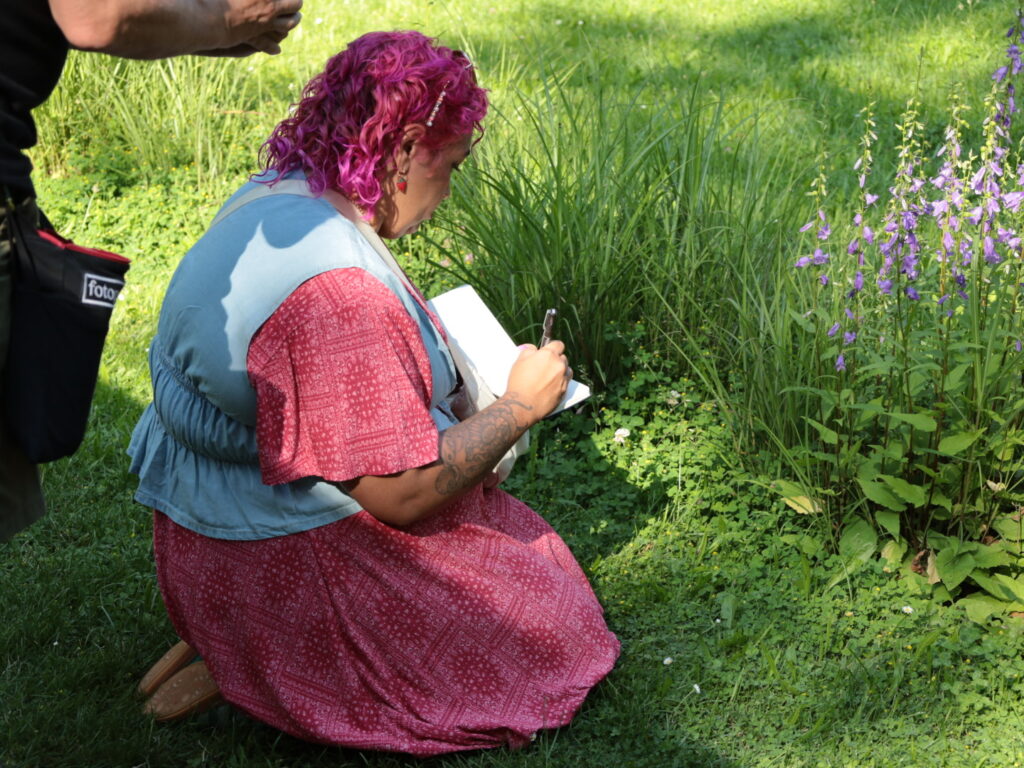
At the festival, her work disrupts European romanticism of Indigeneity. She shows:
- Urban Indigenous identity: Youth in streetwear adorned with ochre tattoos.
- Climate warriors: Photos documenting Sacred Sites destroyed by mining.
- Digital ancestors: Filters overlaying faces with clan patterns—tradition in the Instagram era.
Behind the Scenes: Lockyer’s Network of Art & Activism
Bobbie collaborates with major partners amplifying her mission: Nikon Australia (as ambassador for Indigenous perspectives), the National NAIDOC Committee (2021 art award winner), and NGOs like Original Power (Indigenous climate justice). Commercial projects with Clothing The Gaps (activist fashion), Apple and Bábbarra Women’s Centre (textile cooperatives) prove her art funds the fight. Even mining giants like BHP have faced her campaigns—proof she doesn’t just create, but disrupts.
Her art isn’t “ethnic exoticism” for galleries—it’s survival. Each piece declares: “My art is my resistance. It’s how I honour my ancestors and fight for my children’s future.” — Bobbie Lockyer
Kurt Lhotzky
Explore further:
- Bringing Them Home Report (Stolen Generations)
- Deathscapes (Tracking racialized violence in Australia)
- Lockyer’s current campaign: #BirthrightNotStolen

